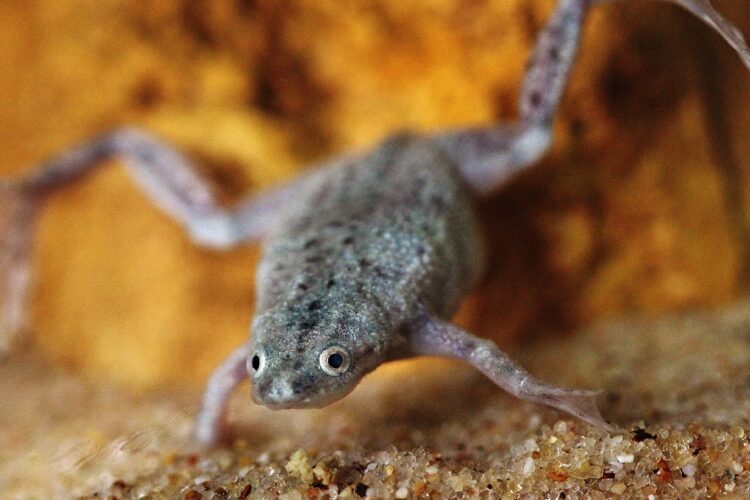
Choosing a pet for a child means finding one that’s manageable, safe, and fun to care for. Small pets can be a great introduction to responsibility and companionship without being overwhelming. The right pet also depends on your child’s age, personality, and your household. Here are 15 small pets that tend to do well with kids.
Guinea Pig
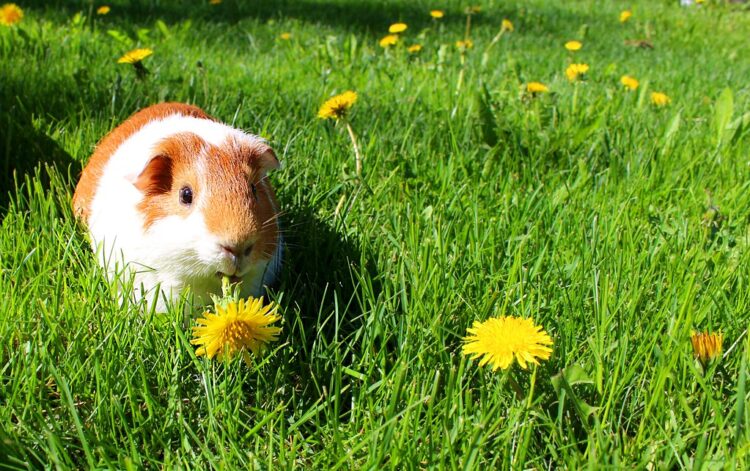
Guinea pigs are gentle and social, making them a favorite among families. They’re not too fragile and enjoy interaction, often squeaking in response to voices. They need daily care, including fresh food, water, and cage cleaning, which helps teach kids responsibility. Guinea pigs are also known to develop distinct personalities, making them more engaging. Plus, they live longer than most small pets, around five to seven years, allowing for a meaningful bond to form over time.
Hamster
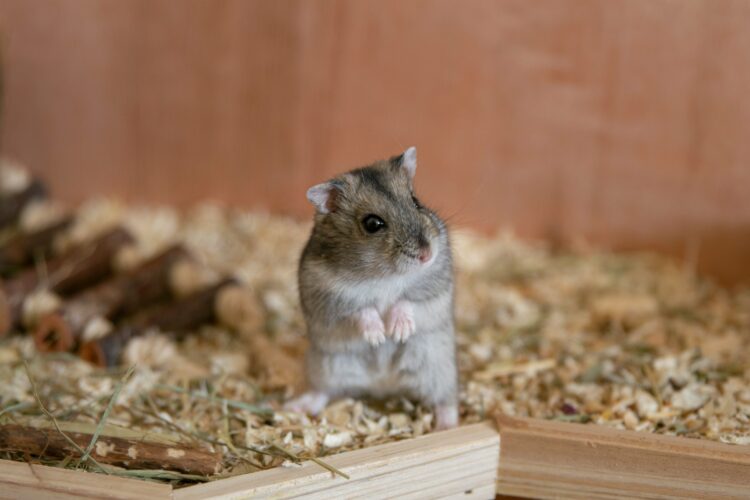
These tiny animals are easy to house and don’t need much space. Hamsters are active and fun to watch, especially on a wheel or in a tunnel. Some may nip if startled, so gentle handling is key. They’re best for slightly older kids who can respect their boundaries. Hamsters are nocturnal, so expect more activity at night. Teaching children about their sleep patterns and gentle care routines helps build patience and understanding.
Rabbit
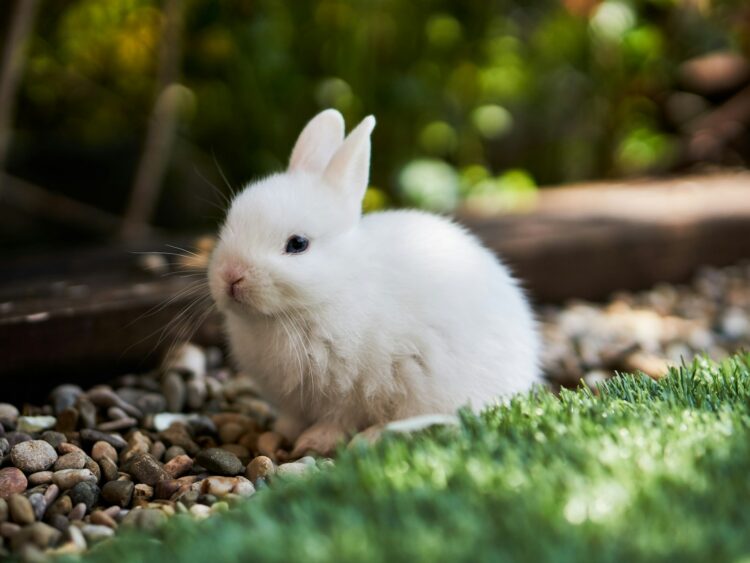
Rabbits can be great pets if they’re socialized early. They enjoy being pet and may even learn their name. Larger than hamsters but still small enough for indoor living, rabbits need space to hop and stretch. They require a balanced diet, grooming, and regular cleaning, but they’re quiet and affectionate pets for responsible kids. Rabbits also enjoy interactive playtime, and their playful nature can be a source of joy for children.
Betta Fish
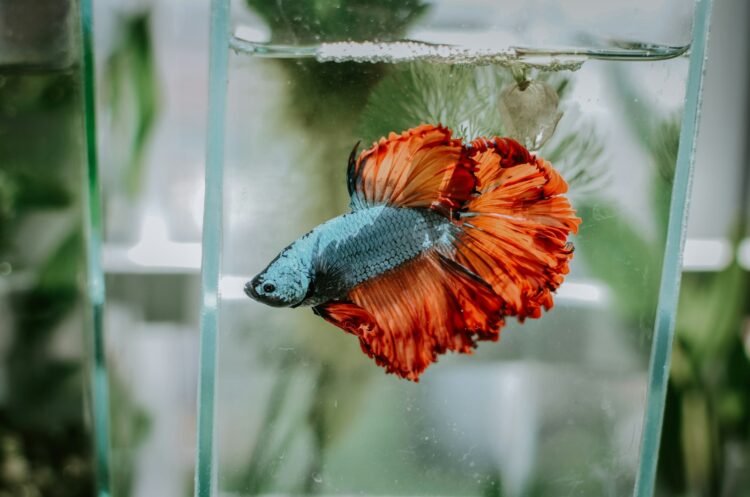
If your child is interested in something low-maintenance, a Betta fish might be a good pick. They don’t need a large tank or fancy equipment, though clean water and the right temperature are important. With their bright colors and flowing fins, Bettas are mesmerizing to watch. They’re best suited to calm observation rather than hands-on interaction. Teaching kids about water care and feeding schedules fosters responsibility in a manageable way.
Gerbil
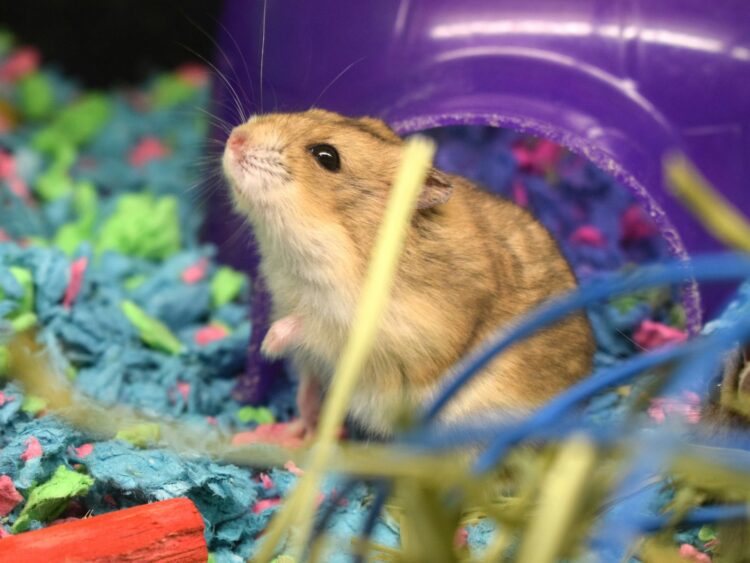
Gerbils are active, curious, and fun to observe. They love to dig and burrow, so a tank with plenty of bedding and tunnels keeps them entertained. They’re social animals and usually do well in pairs. Gerbils are less likely to bite than hamsters and are generally good with children who handle them gently. Building tunnels and creating enrichment activities becomes an interactive project that kids can enjoy while learning about animal care.
Hermit Crab
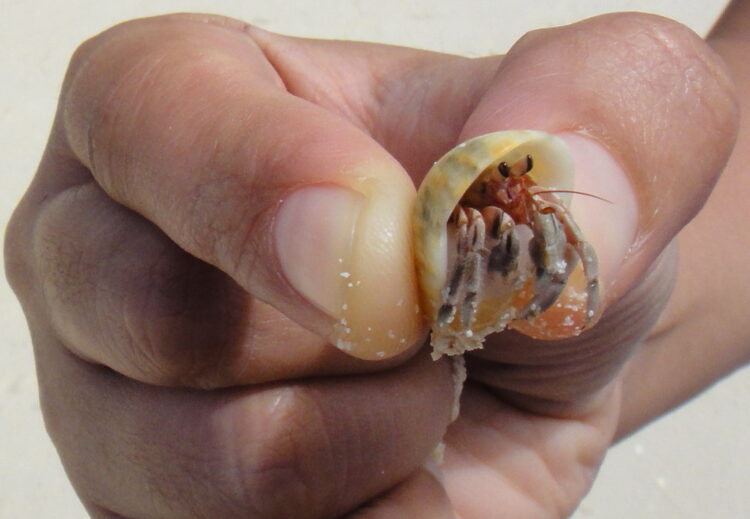
Hermit crabs are fascinating and require minimal handling, which is good for younger kids. They live in terrariums with moist sand, shells, and climbing toys. They’re quiet and clean, though they do need a specific environment to stay healthy. Watching them change shells and interact with their setup is a unique experience. Kids can learn about marine biology basics and habitat maintenance through their care.
Budgie (Parakeet)
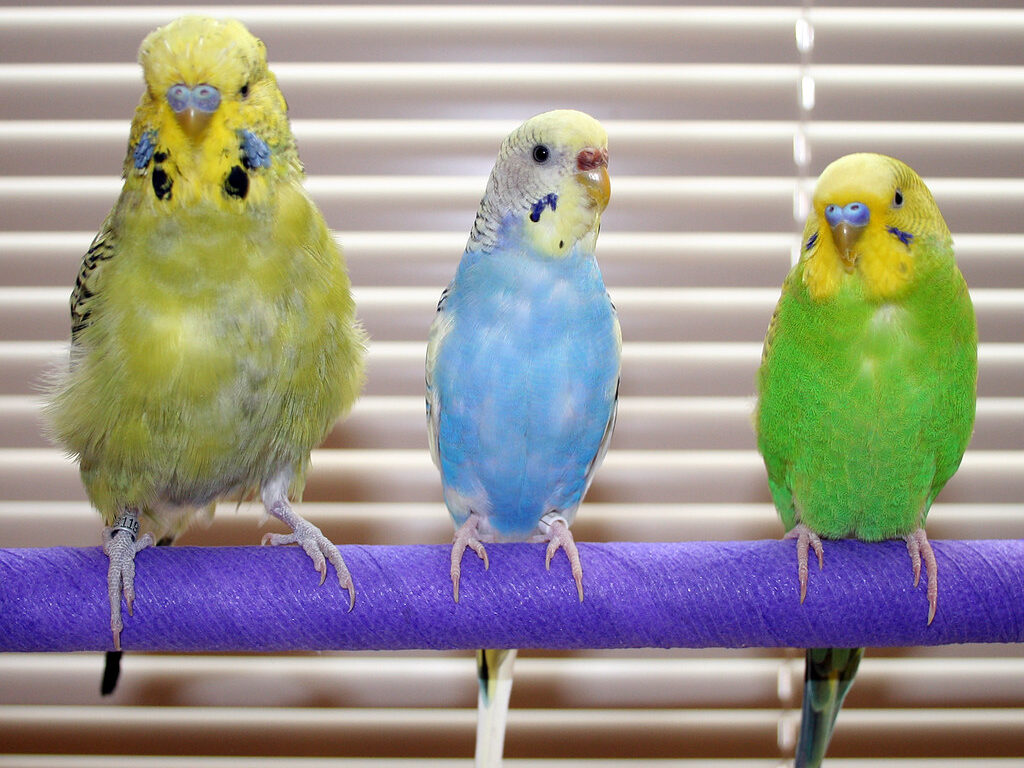
These small birds are bright, cheerful, and often learn to mimic sounds or words. Budgies enjoy interaction and can form strong bonds with their owners. They need a clean cage, fresh food and water, and time outside the cage to fly and explore. With patience, they can even learn tricks or simple commands. Caring for a budgie teaches children consistency and offers a rewarding pet relationship through daily interaction.
Mouse
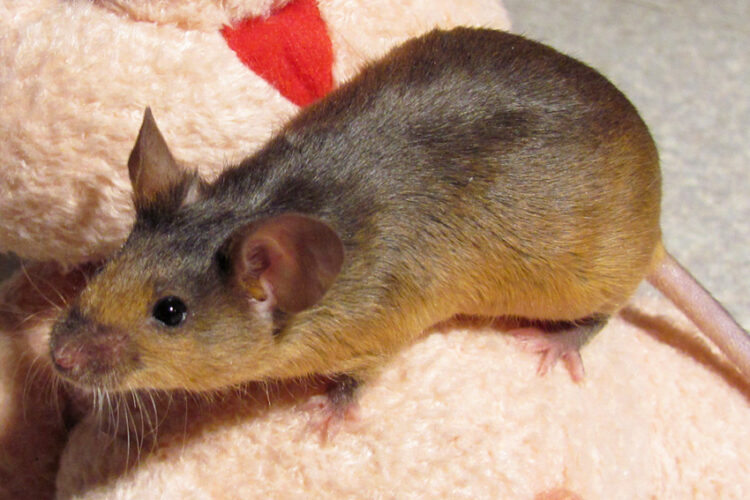
Mice are intelligent and social. They can be trained to do simple tasks and usually enjoy watching people and being part of the household’s activities. While they’re delicate and require careful handling, they’re engaging pets for kids who are ready to take care of their needs responsibly. Keep in mind they do best in pairs or groups. Their short lifespan also teaches children about the natural cycle of life.
Turtle
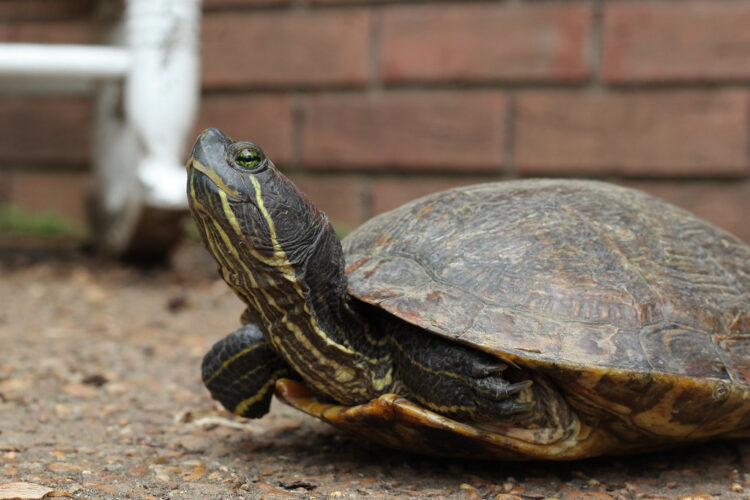
Turtles are quiet and long-lived. While they don’t require much interaction, they’re fun to watch and care for. They need a tank with both water and land, along with heat and UV lighting. Their diet can vary based on species. Turtles are better for older kids since their care setup can be more involved. Observing their slow, steady behavior offers a calming experience and a lesson in patience.
Rat
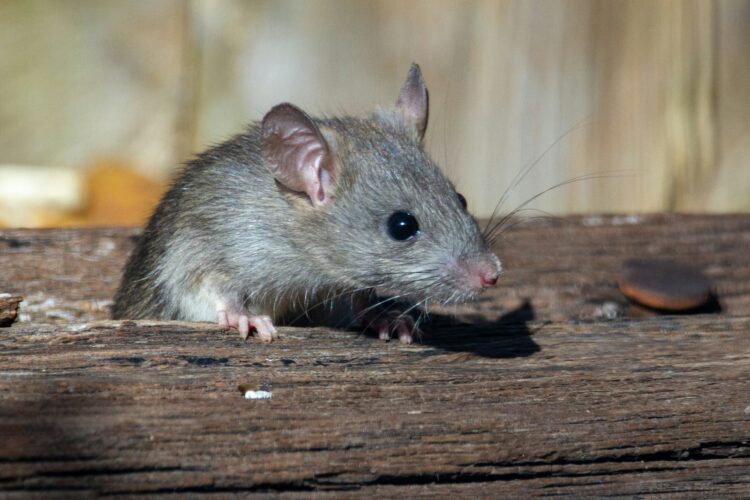
Despite their reputation, domestic rats are clean, smart, and affectionate. They enjoy being handled and can even learn tricks or come when called. Rats thrive in pairs and love enrichment, like tunnels and climbing toys. They’re great for older kids who want a more interactive pet that still fits in a small space. Rats’ intelligence provides children with opportunities for training and bonding that go beyond basic care.
Chinchilla
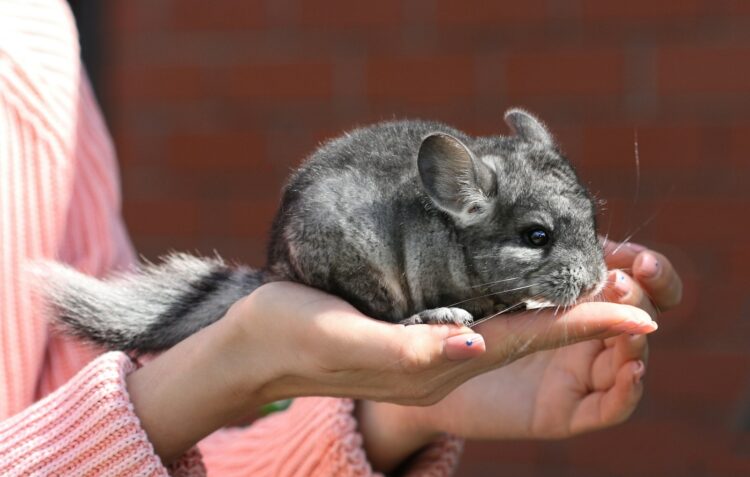
Chinchillas have soft fur and playful personalities. They’re best for gentle, calm kids, as they don’t like rough handling. They need a large cage with space to jump, dust baths for grooming, and a cool environment to stay healthy. Chinchillas can be shy but bond with their caregivers over time. Their unique grooming habits and active nights provide learning moments about species-specific care and needs.
African Dwarf Frog
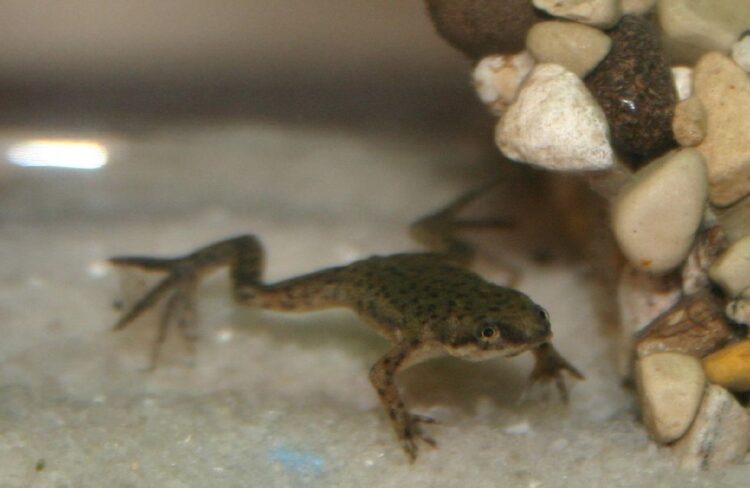
These tiny aquatic frogs are easy to care for and fun to watch. They live in water and don’t require land areas like other amphibians. African dwarf frogs are peaceful and best kept in small groups. They’re ideal for kids who enjoy watching rather than handling pets. Maintaining their tank introduces children to aquatic ecosystems, water quality management, and the responsibility of routine maintenance.
Tarantula
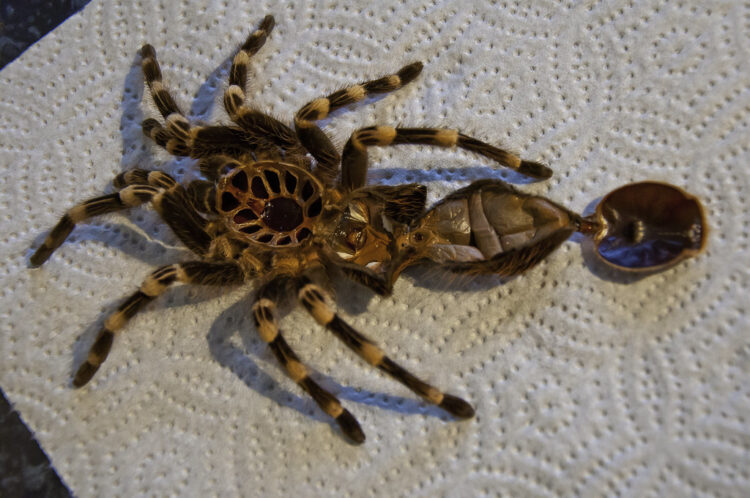
Not for every family, but some kids are fascinated by tarantulas. They require very little space and only occasional feeding. While they’re not cuddly or interactive, they can teach kids about less traditional pets. Tarantulas are delicate in their own way, so they’re best for older kids with supervision. Learning about their molting process and habitat care adds educational value to their unique appeal.
Canary

Canaries are beautiful singers and don’t require much handling. They prefer observing over cuddling, which makes them good for kids who enjoy listening and watching. Their cages should be kept clean, and they benefit from a healthy diet and occasional out-of-cage flight time. They add a cheerful background sound to a home. Caring for a canary introduces children to routine care with less physical interaction required.
Fancy Goldfish
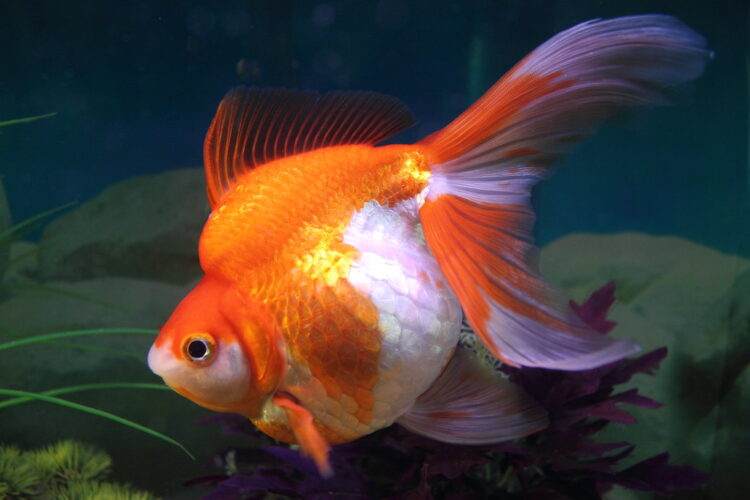
Fancy goldfish are more than just carnival prizes. With proper care, they can live for years. They need a filtered tank and regular cleaning but don’t require much space or handling. Watching them swim gracefully can be calming. They’re a solid choice for kids who are learning how to care for a pet over time. Managing water quality and feeding schedules offers an entry point to more advanced pet care.

